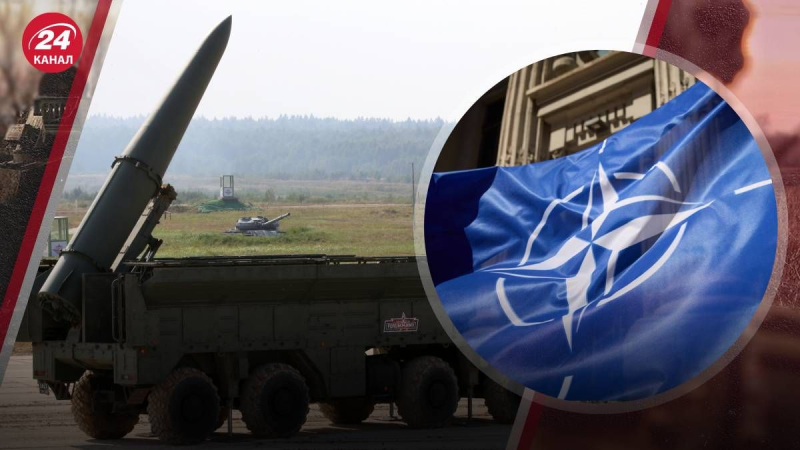More of an image project: are Russians really capable of developing an Iskander with a longer range? Victoria Grabovskaya The Russians claim that they are developing Iskander ballistic missiles that will have a range of up to 1000 kilometers. This missile has a deviation coefficient from the target that can be from 5 meters. Military expert, instructor pilot and colonel of the Armed Forces of Ukraine in reserve Roman Svitan told 24 Channel that it is technically possible for Russians to manufacture such missiles. However, the feasibility of this is unclear. The production of modernized missiles is quite realistic. The basic Iskander missile has a range of 500 kilometers. If you add another stage, it can be thrown 1000 kilometers. Also, the coefficient of deviation from the target or the circular error probable of the missile depends on the controlled commands of the guidance system. It is connected to the Russian GLONASS system, and at such a range it occurs via satellite. The circular error probable of the Iskander-1000 will be the same as that of the basic Iskander missile and any missile that is guided by coordinates from a satellite. The Russians are unlikely to be able to manufacture Iskander-1000s in large quantities. At the same time, the technical necessity of their production is unclear, because with a Kinzhal with a range of 2,000 kilometers, why would they need a ballistic missile that flies 1,000 kilometers, the military expert emphasized. The Russians also have a large number of continental missiles, which can cover a distance of more than ten thousand kilometers. Therefore, the implementation of such a task has more image and geopolitical significance. Now Russia's threats to deploy ground-based medium-range missiles have become more active again, Roman Svitan recalled. When the INF Treaty was in effect (Russia withdrew from it in 2019 – Channel 24), there was a limitation on the range of missiles to 500 kilometers, which is why the basic Iskander missile has exactly this range. Most missiles in NATO service can fly the same distance. Although it is technically possible to increase this range. Therefore, the withdrawal from the INF Treaty (Intermediate-Range Nuclear Forces Treaty) by several countries of the Alliance probably led to the fact that Russia, according to a military expert, at least announced that it will develop the Iskander-1000. It should be noted that Vladimir Putin stated on June 28 that Russia, in response to the US actions to deploy INF systems outside the territory of the United States, may begin producing medium- and short-range missiles The US accordingly noted that it plans to deploy SM-6 and Tomahawk missiles in Germany, starting in 2026.
It is unlikely that they will manufacture many
More of an image project: are the Russians really capable of developing an Iskander with a longer range?
62

